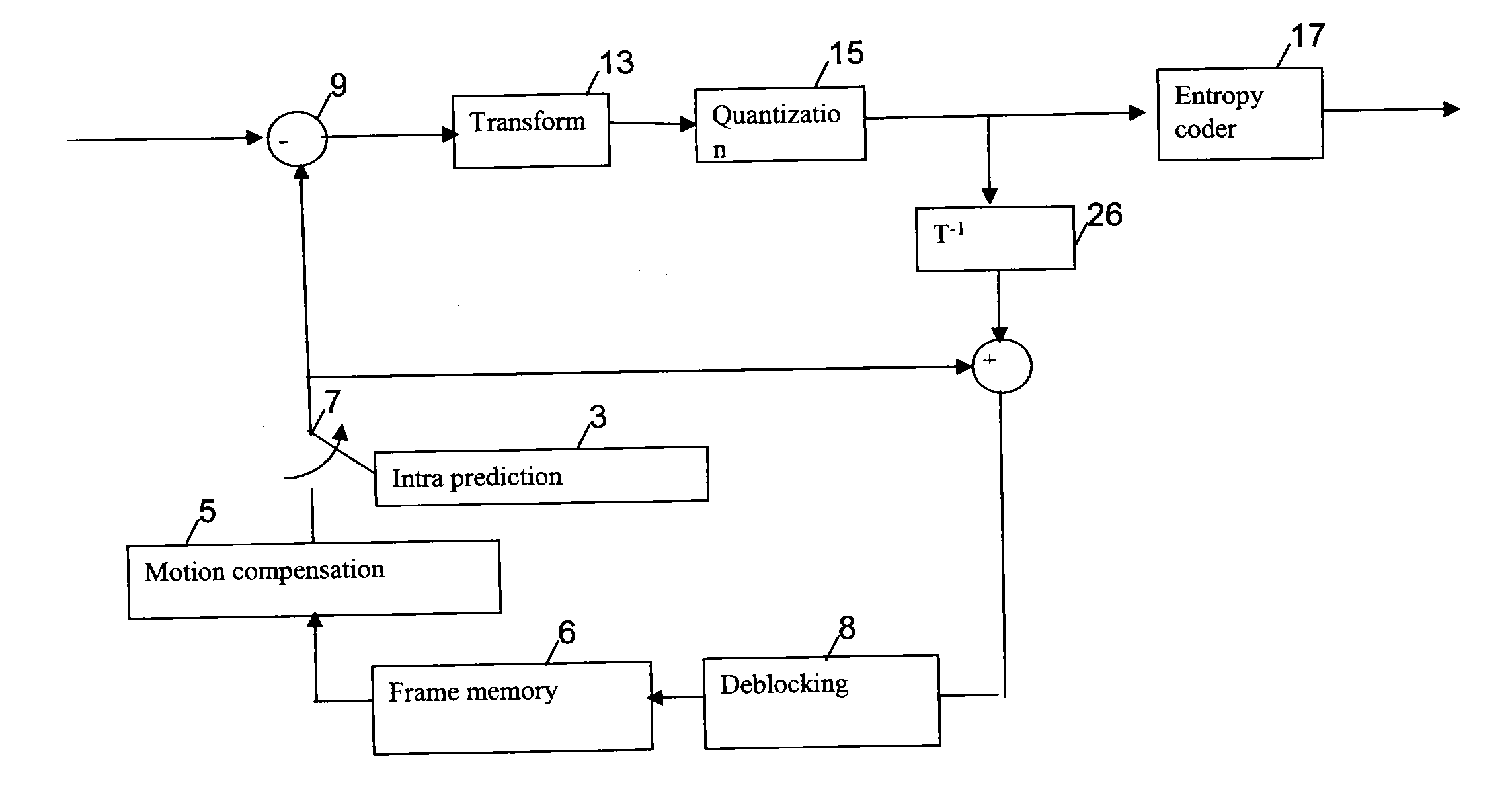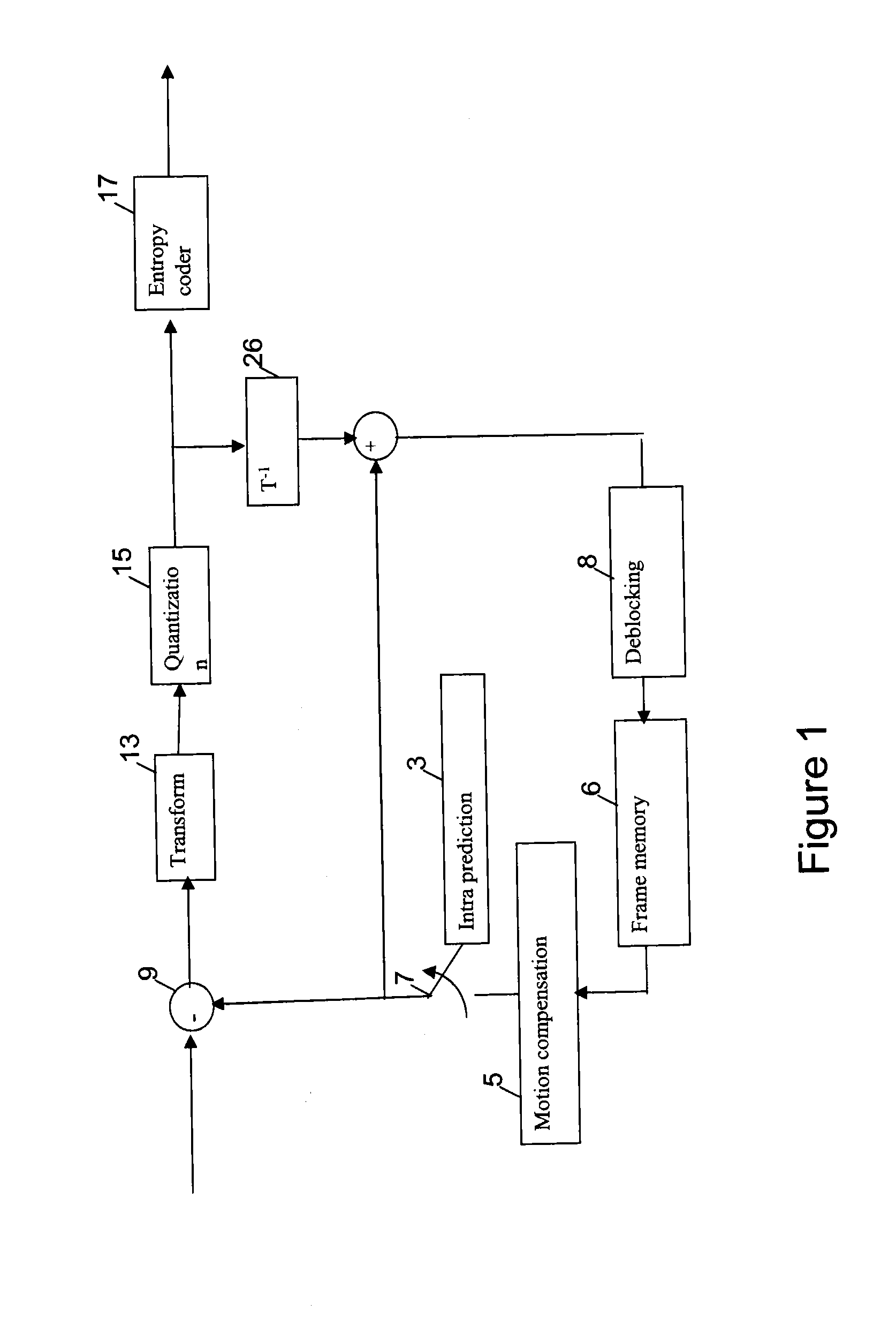Video encoder/decoder, method and computer program product that process tiles of video data
a video data and encoder technology, applied in the field of video encoders/decoders, methods and computer program products, can solve the problems of reducing placing an even worse burden on the encoder, and unnecessary restrictions on how a frame is processed, so as to maximize the degree of parallel processing flexibility and minimize the penalty on compression efficiency
- Summary
- Abstract
- Description
- Claims
- Application Information
AI Technical Summary
Benefits of technology
Problems solved by technology
Method used
Image
Examples
Embodiment Construction
[0045]The present embodiment introduces the notion of “tiles” to exploit the two dimensional dependencies between blocks while also supporting the exploitation of multiple processors, if available in the encoder, to simultaneously perform encoding operations on multiple tiles. The partitioning of a frame into tiles is completely specified by the numbers N and M, eliminating the need for a slice header, which is a basic requirement in conventional slice processing. Here, N and M are the height and width of a tile measured in number of blocks. Typically, the values of N and M are conveyed to the decoder in the sequence header or picture header resulting in negligible transmission bandwidth overhead. In addition to unilaterally transmitting the N and M numbers to the decoder in the sequence or picture header, an alternative is to have a handshaking operation between the decoding device and encoding device, where the values of N and M are exchanged, as well as perhaps the processing cap...
PUM
 Login to View More
Login to View More Abstract
Description
Claims
Application Information
 Login to View More
Login to View More - R&D
- Intellectual Property
- Life Sciences
- Materials
- Tech Scout
- Unparalleled Data Quality
- Higher Quality Content
- 60% Fewer Hallucinations
Browse by: Latest US Patents, China's latest patents, Technical Efficacy Thesaurus, Application Domain, Technology Topic, Popular Technical Reports.
© 2025 PatSnap. All rights reserved.Legal|Privacy policy|Modern Slavery Act Transparency Statement|Sitemap|About US| Contact US: help@patsnap.com



